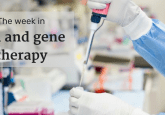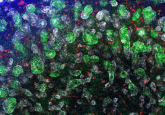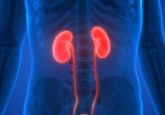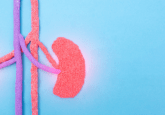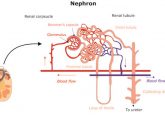Stem cells obtained from urine may be a strong iPSC source
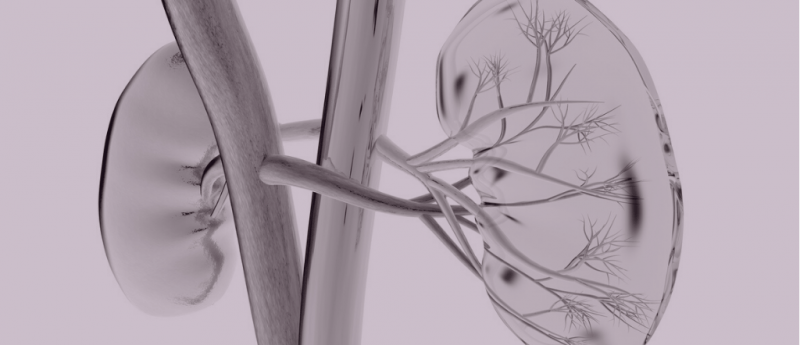
Human urine is potentially offering a non-invasive source for stem cells according to a new study published in Scientific Reports.
A new study published in Scientific Reports claims to have isolated and characterized stem cells from human urine. The discovery, made by researchers from Heinrich Heine Universität Dusseldorf (Germany), would allow for the non-invasive collection of patient-specific stem cells that could be easily transformed into iPSCs or differentiated for regenerative therapies.
The stem cells, dubbed urine-derived renal progenitor cells (UdRPCs), were isolated from 10 patients of varying ages, genders and ethnicities, and could make use of the 2000—7000 cells a day that are otherwise wasted and flushed out of the human body in urine. This is the first time UdRPCs have been consistently obtained and then characterized on a molecular
The results revealed a combination of renal stem cell markers such as SIX2, CITED1 and WT1 — befitting their origins within the kidney, but also markers reminiscent of mesenchymal stem cells and pluripotency, such as TRA-1-60, TRA-1-81, SSEA4, C-KIT and CD133.
“It is amazing that these valuable cells can be isolated from urine and comparing all the genes expressed in UdRPCs with that derived from kidney biopsies we could confirm their renal and renal progenitor cell properties and origin,” commented co-author Wasco Wruck (Heinrich Heine Universität Dusseldorf).
After collecting the UdRPCs the team showed that they were capable of expanding the cells in vitro and differentiating them into osteocytes, chondrocytes and adipocytes within three weeks, similarly to mesenchymal stem cells. The researchers also discovered a similarity to amniotic fluid-derived stem cells, which they had previously isolated from third trimester amniotic fluid, when comparing the transcriptomic data.
Having confirmed their differentiation ability, the team proceeded to demonstrate that the UdRPCs could be reprogramed into iPSCs using an integration-free episomal based transfection system, which could make the cells more amenable to regenerative therapies than the traditionally used iPSCs derived utilizing viral vectors.
Author James Adjaye (Heinrich Heine Universität Dusseldorf) hopes that UdRPCs become a common choice for investigating nephrogenesis, nephrotoxicity and disease modelling, to help treat the 850 million people worldwide who are afflicted with kidney diseases.
Source: Rahman M, Wruck W, Spitzhorn L, et al. The FGF, TGFβ and WNT axis modulate self-renewal of human SIX2+ urine derived renal progenitor cells. Sci. Rep. 10, 739 (2020);
Have any additional questions about this story? Ask us in the comments, below.
Find out more in these top picks from the Editor:
- Seeking to regenerate a kidney from scratch: an interview with Professor Hermann Haller, M.D.
- Bioartificial kidney implant successfully transplanted
- Scientists uncover method for long-term expansion of kidney precursor cells
